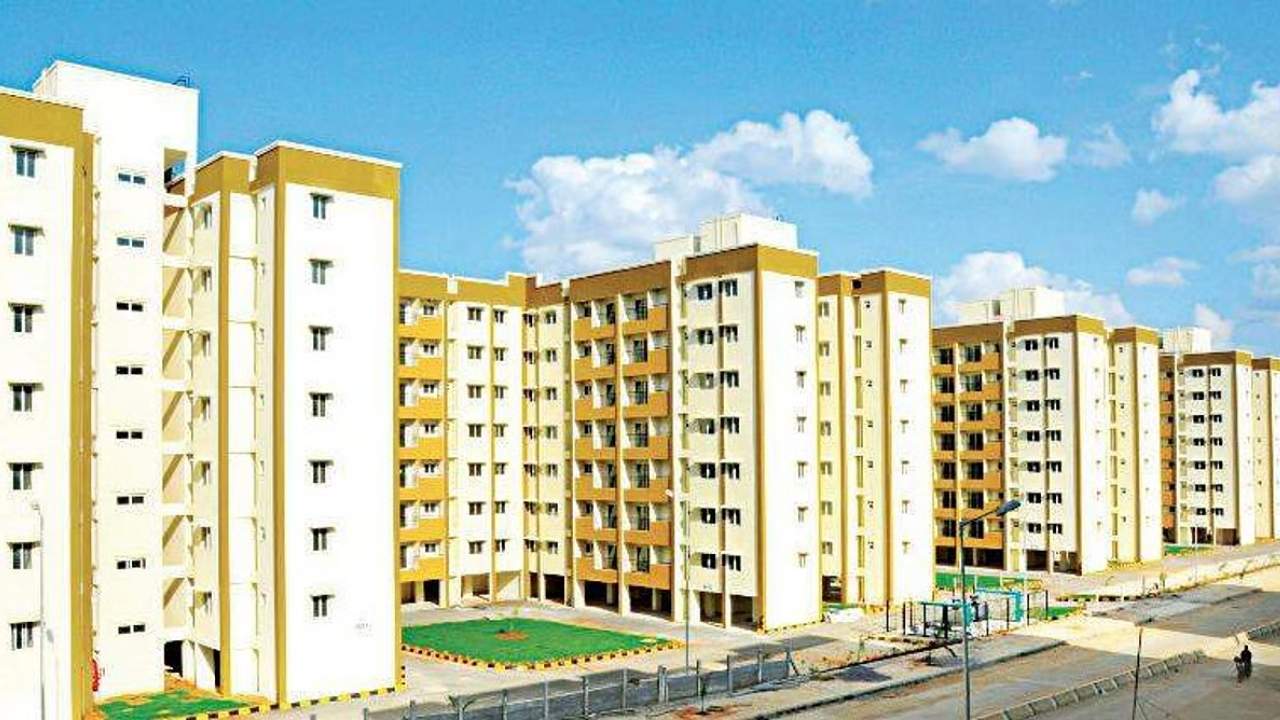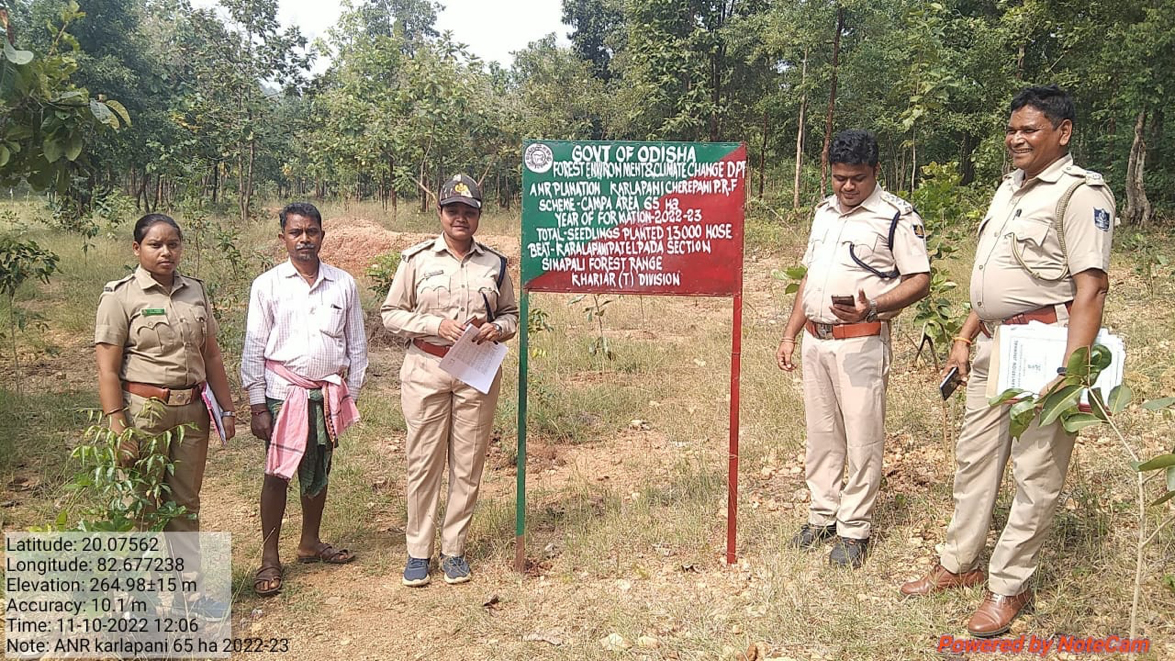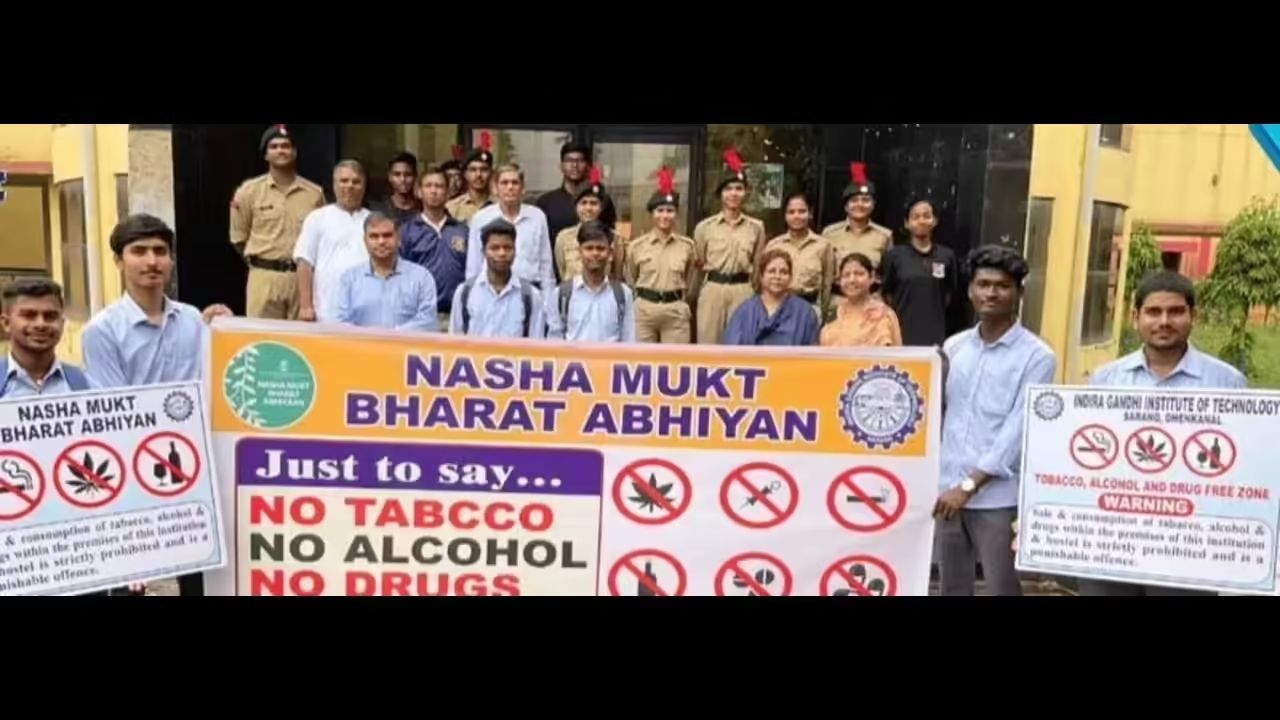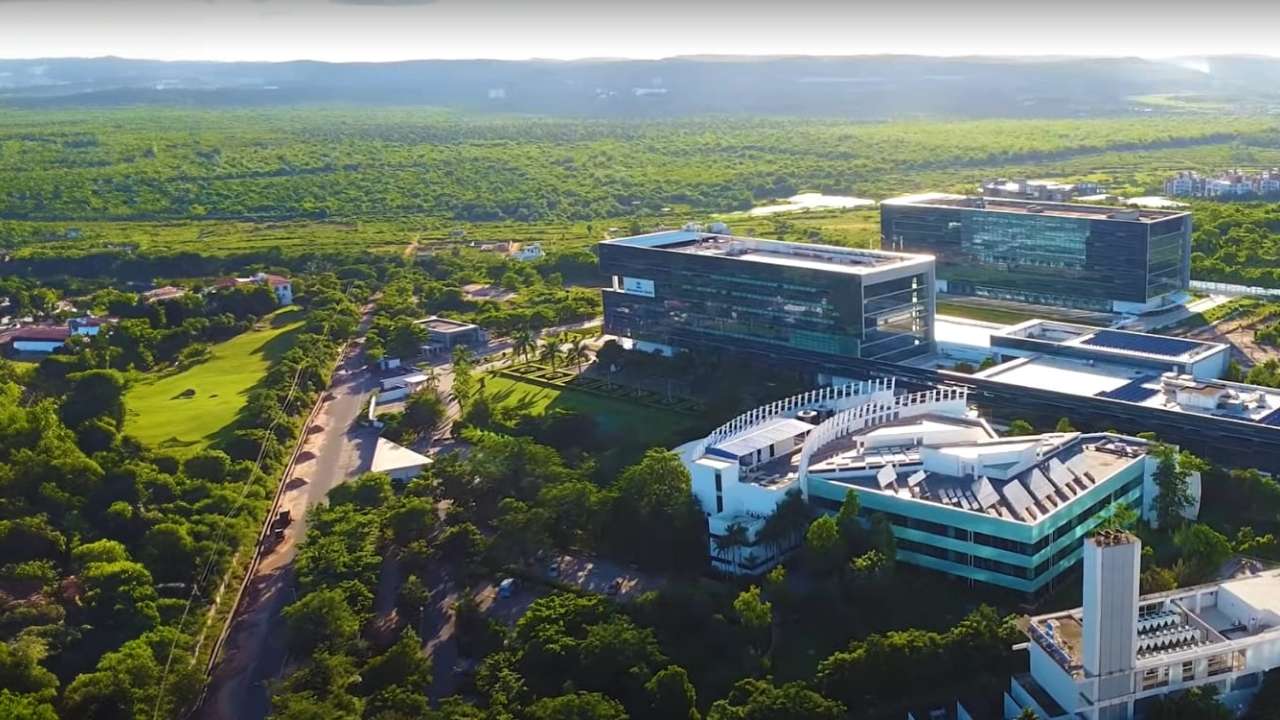The state government of Odisha has launched an ambitious new Odisha affordable housing program aimed at providing secure and dignified shelter for the state’s economically weaker sections and low-income urban population. The initiative, approved by the state cabinet, introduces a rental housing policy with monthly rents ranging from approximately $6 to $18, addressing a critical gap in housing for the urban poor, including students, single women, and low-wage migrant workers.
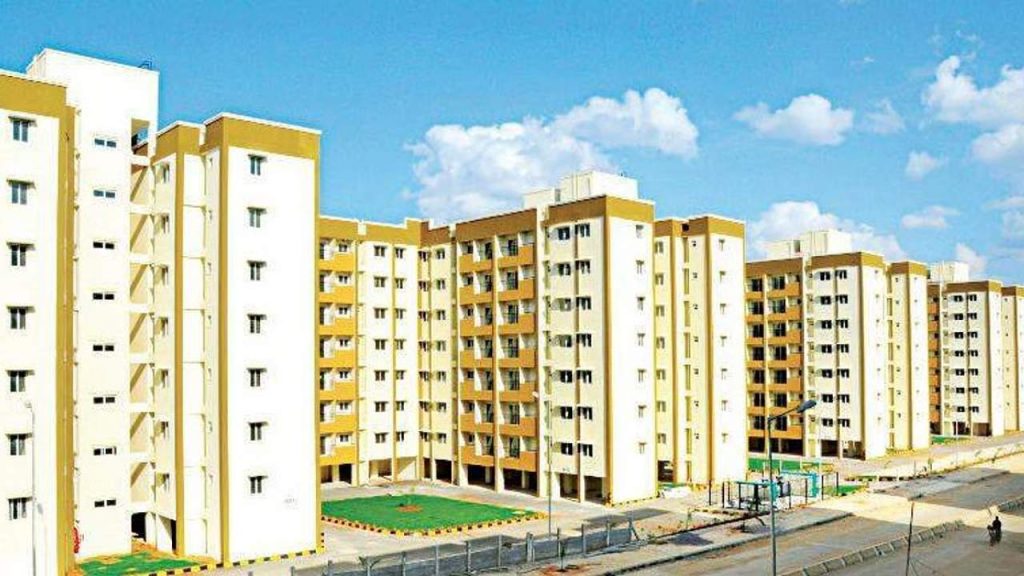
Odisha Unveils Housing Plan for Urban Poor
| Feature | Details |
| Target Beneficiaries | Economically Weaker Section (EWS) and Low-Income Group (LIG) households, including migrant laborers and students. Government of Odisha |
| Monthly Rent Tiers | Approximately ₹500 – ₹1,500 ($6 – $18 USD), varying by location and unit size. |
| Initial Phase Locations | Major urban centers including Bhubaneswar, Cuttack, Rourkela, Sambalpur, and Paradip. |
| Housing Type | Both newly constructed complexes and repurposed vacant government housing units. |
A New Model for Urban Shelter
The newly approved policy marks a significant strategic shift in the state’s approach to urban poverty alleviation. Spearheaded by the Housing & Urban Development (H&UD) Department, the program will establish Social Rental Housing Projects (SRHPs) across Odisha’s cities. According to a statement from the Chief Minister’s Office, the initiative is designed to provide “secure, safe, and affordable rental housing” for those who cannot afford to own a home but are often excluded from formal housing markets.
Eligibility for the scheme is tiered based on income. Households classified under the Economically Weaker Section (EWS), typically with an annual income of up to ₹3 lakh (approximately $3,600 USD), will form the primary beneficiary group. The policy also extends to Low-Income Groups (LIG), which includes families with slightly higher annual incomes. Officials have emphasized that the program will give special preference to marginalized communities, including single women, disaster-affected persons, and members of Scheduled Castes and Scheduled Tribes.
Strategic Implementation and Phased Rollout
The Odisha government plans to implement the rental housing scheme in phases, beginning with the state’s most populous urban centers. The initial rollout will target Bhubaneswar, the state capital, along with Cuttack, Rourkela, Sambalpur, and the port city of Paradip, where the demand for low-cost housing is most acute due to high concentrations of industrial and service sector workers.
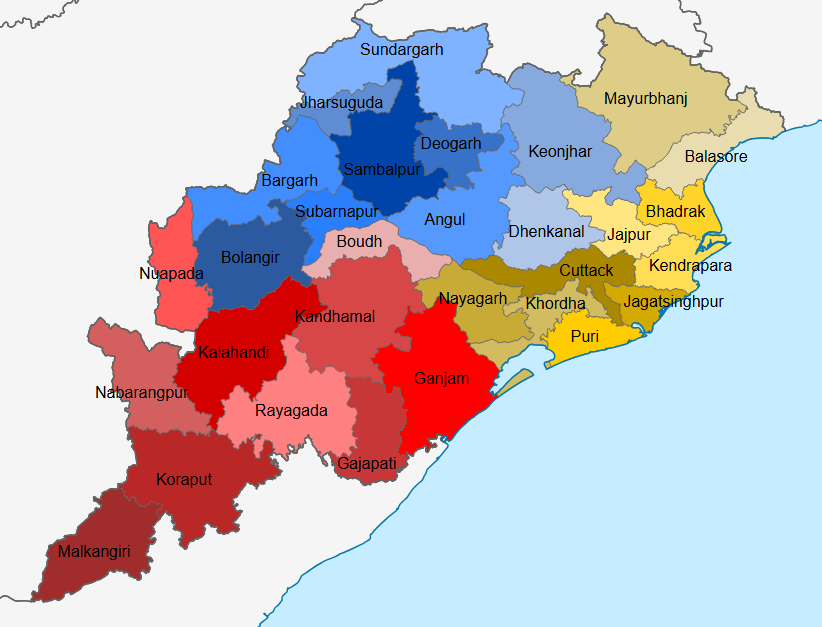
The program will utilize a two-pronged approach to develop its housing stock. The primary method involves constructing new, modern housing complexes designed specifically for rental purposes. These projects will be developed on government-owned land to reduce costs. In addition, the H&UD Department has been directed to identify and repurpose existing vacant government housing units that can be refurbished and integrated into the rental pool. This hybrid model is expected to accelerate the availability of units.
Contextualizing the Odisha Affordable Housing Initiative
This policy arrives at a critical juncture for housing policy India. Rapid urbanization across the country has led to a severe shortage of affordable housing, pushing millions of low-income families into precarious living conditions in informal settlements and slums. Traditional government housing schemes have overwhelmingly focused on home ownership, which often remains financially out of reach for the poorest segments of the population who lack the capital for down payments and the stable income required for long-term loans.
A Shift from Ownership to Rental
The emphasis on rental housing is a deliberate move to address the needs of a mobile, modern workforce. “An ownership-based model does not work for everyone, especially migrant laborers who move to cities for temporary work,” explained Dr. Anjali Kumar, a professor of urban planning at Utkal University. “A rental model provides flexibility and security without the burden of a lifelong financial commitment. It’s a more inclusive and practical approach for the urban poor.”
By providing a formal, state-backed rental option, the Odisha government aims to disrupt the exploitative informal rental market, where tenants often face high rents, poor living conditions, and the constant threat of eviction.
Funding and Sustainability
According to government sources, the construction and maintenance of these housing projects will be managed through a combination of state funding and partnerships. Officials are exploring models where the management of the housing complexes could be outsourced to professional agencies to ensure proper upkeep and service delivery. The rent collected will be channeled into a dedicated fund for the maintenance and expansion of the program, creating a potentially self-sustaining model in the long term.
Challenges and Expert Perspectives
While the policy has been widely praised as a progressive step, experts caution that successful implementation will be key. Challenges include ensuring a fair and transparent allotment process, preventing the units from being illegally sublet, and maintaining the quality of the housing stock over time.
“The idea is excellent, but the devil is in the details,” said a senior fellow at the New Delhi-based Centre for Policy Research. “Effective management, regular maintenance, and a robust system for grievance redressal will be critical to the long-term success of this Odisha affordable housing scheme and its potential as a model for other states.”
The government has stated that a comprehensive framework for the selection of beneficiaries and the management of the housing units is being developed. As the program rolls out, its progress will be closely watched by policymakers across India who are grappling with similar urban housing challenges.
BJD Alleges Odisha Losing Industrial Ground to Competing States
Union Minister Calls for Odisha’s Entry into the International Stage
CM Mohan Majhi Claims Odisha Govt Has Achieved What Naveen Patnaik Never Attempted
FAQs
1. Who is eligible for the new Odisha affordable housing rental scheme?
The scheme primarily targets households in the Economically Weaker Section (EWS) and Low-Income Group (LIG) categories living in urban areas of Odisha. This includes migrant laborers, students, single women, and other marginalized groups.
2. What are the monthly rent costs?
The monthly rent is expected to range from approximately ₹500 to ₹1,500 (about $6 to $18 USD), depending on the city and the size of the housing unit.
3. How can one apply for this housing?
The government has not yet released the formal application process. The Housing & Urban Development Department is expected to announce the guidelines and application portal in the near future.
4. In which cities will the program be available first?
The initial phase of the program will be launched in five major urban areas: Bhubaneswar, Cuttack, Rourkela, Sambalpur, and Paradip.

